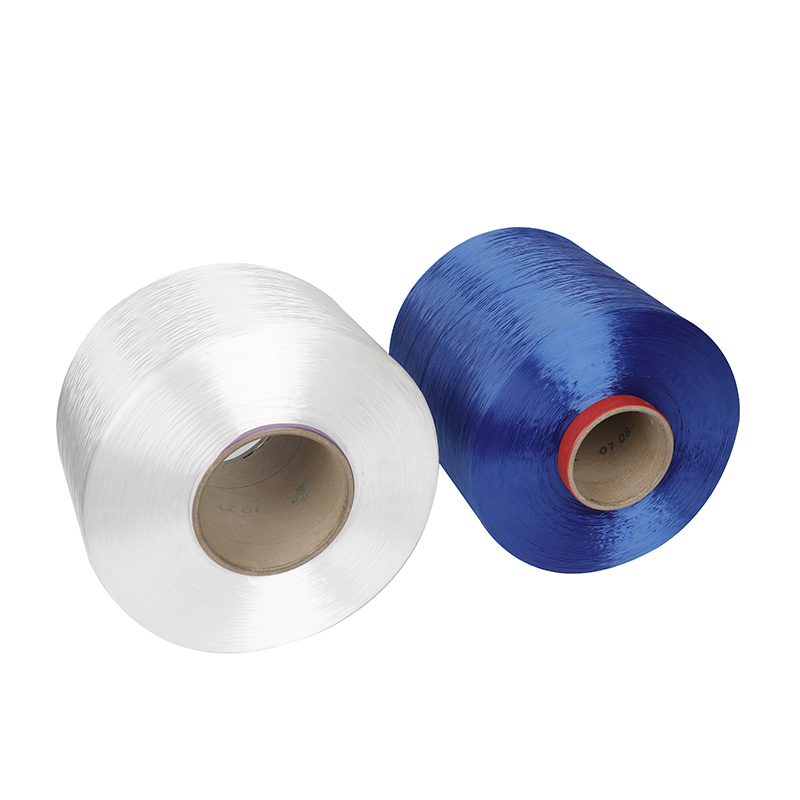Unifi launches new Textile Takeback initiative.
This week, Unifi, a company known for producing recycled materials out of waste, announced its Textile Takeback™ initiative: this textile-to-textile infrastructure program is designed to recycle a polyester-based supply chain and post-consumer fabric waste, and convert it into REPREVE® – the recycled performance fiber has been used by popular brands such as North Face, Patagonia, Beyond Yoga, Aday, Asics, Vuori and more. Textile Polyester Yarn

Polyester has become a popular choice globally, and may even be the most used fiber in the world by some accounts. With approximately 90 million tons of textile waste created and 87% of textiles discarded each year, Textile Takeback™ aims to transform the industry’s take-make-waste model by diverting landfill-bound textile waste and recycling it into new products.
Eddie Ingle, CEO of Unifi breaks it down for us.
Chhabra: What are the origins of the Textile Takeback program? When did it start and how much textile waste has already gone through it?
Ingle: The program originally started in 2011 in partnership with Polartec, but this is a new iteration and expansion of the initiative to fulfill demand from Unifi/REPREVE customers. To date, REPREVE has transformed more than 35 billion plastic bottles.
Chhabra: Can you walk us through the steps taken once the material is in your hands? Where does it go next? How many steps are involved before it becomes Repreve?
Ingle: We work closely with our customer partners to qualify every material or fabric for Textile Takeback. Once qualified, materials are collected and we bring them to our recycling centers. The material is shredded, heated, and melted so that we can filter and remove contaminants and make a REPREVE resin. We may combine the textile waste with bottle flake to ensure we hit the target physical properties needed for the next process – spinning. In the spinning process, the REPREVE resin made from the Textile Takeback process is again melted down and then formed into staple fiber or filament yarn.
Chhabra: What have been the hardest challenges so far in recycling? Is it primarily the various blends that still make it difficult?
Ingle: Fabrics that are made from more than one type of yarn (or type of material), like cotton and polyester in the same fabric, are prohibitive for the Textile Takeback process. Also, sometimes various garment appliques are utilized and these articles require deconstruction that is challenging for recycling. We work closely with our customer partners to educate and collaborate on designing for recyclability.
Chhabra: What materials cannot be recycled and why?
Ingle: Not all materials are appropriate for every recycling process or every application – we strive to find waste that is not contaminated with other fibers. The Textile Takeback process takes waste polyester textiles and turns them into a usable REPREVE resin. Recycling into REPREVE fiber and yarn is a very critical application. Our filaments are smaller than human hair! Natural materials like cotton can be very challenging in the process used to make REPREVE as we are melting and removing contaminants from waste material – and cotton doesn’t melt.
Chhabra: How will this work globally? In how many countries will this be available?
Ingle: We initially launched our Textile Takeback program in the US, but quickly recognized the opportunities to bring in waste from neighboring Central America, which is a key region for textile manufacturing in the western hemisphere. With our recent expansion, we have built the supply chain for Textile Takeback in China. This allows us to provide a solution for textile waste in another key manufacturing epicenter.
Chhabra: Has there been a solution to the criticism regarding microplastics from poly-based clothes, whether virgin or recycled?
Ingle: At REPREVE®, we’re committed to leading the global shift towards a more sustainable future by innovating today, for the good of tomorrow. We create REPREVE®’s recycled textile solutions because we believe in a brighter future where waste is the exception – not the rule. We understand that the shedding of fiber fragments can potentially happen during the processing, use, and disposal of both natural and synthetic fibers. The risk of microfibers is not limited to textiles, as research shows that sources of fiber fragments include auto tires, marine coatings, road markings, personal care products, and more, according to the International Union for Conservation of Nature. We believe a transparent collaboration is key to building a better understanding and path forward. We have joined the Microfibre Consortium in partnership to continue working with our industry partners on this important issue. As the global leader in recycled performance fibers, we are always looking for new ways to improve. We will continue to seek education and drive sustainable innovation, while we work with our partners to create the most well-crafted and consciously designed products available.
Chhabra: Does the recycling process have any waste that we need to be mindful of?

Polyester Yarn Denier Ingle: We designed the Textile Takeback qualification process to ensure that we work to optimize the applications for specific types of textile waste collected. We have only a small amount of waste generated out of our Textile Takeback process when we are making chip for our REPREVE yarns, such as when we are changing from one product to another or replacing filters. However, we recycle even that waste back into REPREVE at our REPREVE Recycling Center.